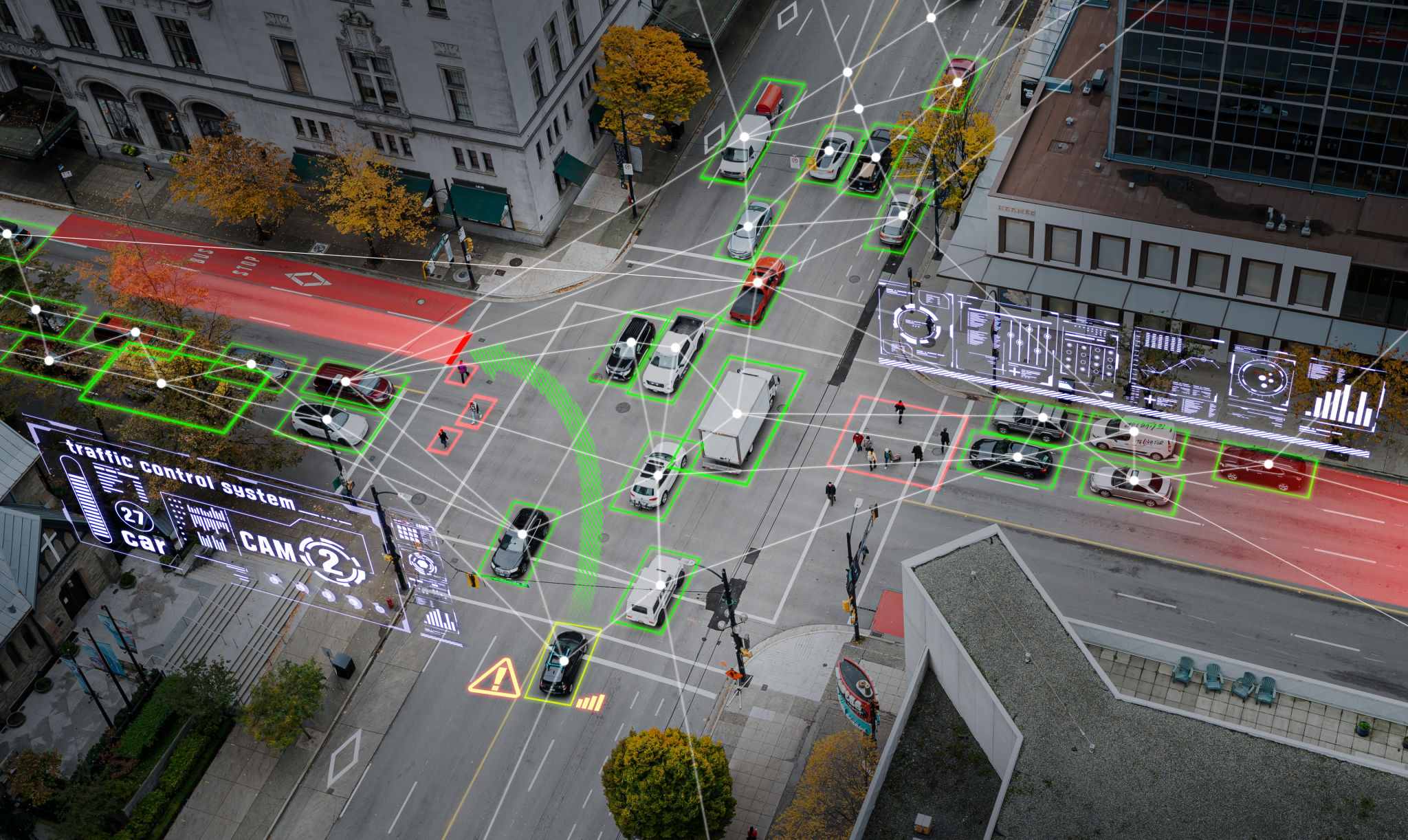Enhancing AI Efficiency Through Data Augmentation and Curation
Understanding Data Augmentation
In the rapidly evolving field of artificial intelligence, data is the lifeblood that fuels machine learning models. However, acquiring large volumes of high-quality data can be challenging and expensive. This is where data augmentation comes into play. Data augmentation involves creating new training data from existing datasets by applying various transformations. These transformations can include rotations, translations, flipping, scaling, and even more advanced techniques like adding noise or altering color channels.
The primary aim of data augmentation is to increase the diversity of the training dataset without actually collecting new data. By doing so, models become more robust and less prone to overfitting, which can significantly improve their performance on unseen data.

The Role of Data Curation
While data augmentation helps in expanding existing datasets, data curation focuses on cleaning and organizing data to enhance its quality. Curated data ensures that AI models are trained on accurate, relevant, and comprehensive datasets. This process involves filtering out noise, correcting errors, and categorizing data to enhance its usability.
Data curation is essential for maintaining the integrity of datasets. Well-curated data leads to more reliable and efficient AI outputs, as the model learns from high-quality examples. It also reduces the time spent on preprocessing and allows data scientists to focus on model optimization.

Techniques for Effective Data Augmentation
Several techniques can be employed to augment data effectively.
- Geometric Transformations: These include rotating, flipping, cropping, and scaling images to create variations.
- Color Space Adjustments: Altering color channels or applying filters to diversify image datasets.
- Noise Injection: Adding random noise to images or text data can help models become more robust against real-world variability.
In addition to these, advanced methods like Generative Adversarial Networks (GANs) can generate entirely new samples that closely resemble the training data. These techniques are not only applicable to image data but also widely used in text and audio datasets.
Best Practices in Data Curation
Effective data curation requires a strategic approach. Here are some best practices:
- Data Cleaning: Regularly audit datasets for inconsistencies or errors to ensure precision.
- Relevancy Checks: Ensure that all data points are relevant to the task at hand. Irrelevant data can skew model results.
- Documentation: Maintain detailed records of data sources, transformations applied, and any modifications made during curation.

The Impact on AI Efficiency
The combination of data augmentation and curation enhances AI efficiency by providing a more extensive and higher quality dataset for training. These processes help in reducing bias, improving generalization capabilities, and ultimately leading to more accurate predictions.
By investing in these areas, organizations can develop more sophisticated AI systems capable of performing well in diverse environments. The increased reliability of AI models translates into better decision-making and more innovative solutions across various industries.
Implementing in Real-World Applications
Real-world applications of enhanced AI efficiency through data augmentation and curation are vast. In healthcare, for example, augmented datasets can improve diagnostic accuracy by providing a broader range of medical images for training purposes. In autonomous vehicles, curated datasets ensure that navigation systems make safer and more informed decisions.

As AI continues to integrate into everyday life, the importance of robust datasets cannot be overstated. Organizations must prioritize both augmentation and curation to harness the full potential of machine learning technologies.
Conclusion
In conclusion, enhancing AI efficiency through data augmentation and curation is not just a trend but a necessity in the current technological landscape. By leveraging these strategies, businesses can build more reliable and versatile AI models that stand the test of real-world applications.
The future of AI lies in how well we manage, expand, and curate our data resources. Organizations that excel in these areas will lead the way in innovation and efficiency.
